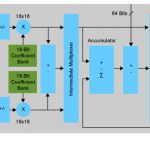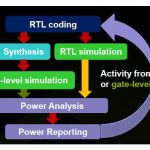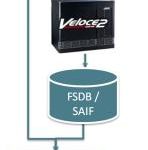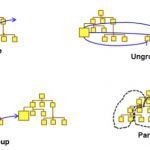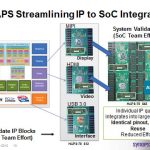You are currently viewing SemiWiki as a guest which gives you limited access to the site. To view blog comments and experience other SemiWiki features you must be a registered member. Registration is fast, simple, and absolutely free so please,
join our community today!
My Samsung Galaxy Note II lasts about two days on a single battery charge, which is quite the improvement from the Galaxy Note I with only a one day battery charge. Mobile SoCs are being constrained by battery life limitations, and consumers love longer-laster devices.
There are at least two approaches to Design For Power:
…
Read More
This week, I had a nice opportunity meeting Charu Puri, Corporate Marketing and Sushil Gupta, V.P. & Managing Director at Atrenta, Noida. Well, I know Sushil since 1990s; in fact, he was my manager at one point of time during my job earlier than Cadence. He leads this large R&D development centre, consisting about 200 people… Read More
There is an intriguingly amorphous term in FPGA design circles lately: Quality of Results, or QoR. Fitting a design in an FPGA is just the start – is a design optimal in real estate, throughput, power consumption, and IP reuse? Paradoxically, as FPGAs get bigger and take on bigger signal processing problems, QoR has become a larger… Read More
It’s a classic and creative example of design and EDA tool community getting together, exploiting tool capabilities and developing flows which add value to all stake holders including the end consumer. We know power has become extremely important for battery life in smart phones, high performance servers, workstations, notebooks… Read More
Today Atrenta and Mentor announced that they were collaborating to enable accurate, signoff quality power estimation at the RTL for entire SoCs. The idea is to facilitate RTL power estimation for designs of over 50M gates running actual software loads over hundreds of millions of cycles, resulting in simulation datasets in the… Read More
RTL Signoff Theaterby Paul McLellan on 05-29-2013 at 11:00 amCategories: EDA
We have talked for years about RTL signoff, the idea that a design could be finalized at the RTL level and then most of the signoff would take place there. Then the design would be passed to a physical implementation team who would not expect to run into any problems (such as routing congestion, missing the power budget or similar problems).… Read More
Unless you are a small company with one design team, the chance you have standardized on one FPGA vendor for all your needs, forever and ever, is unlikely. No doubt you probably have a favorite, because of the specific class of part you use most often or the tool you are most familiar with, but I’d bet you use more than one FPGA vendor routinely.… Read More
Mobile devices are taking over the world. If you want lots of graphs and data then look at Mary Meeker’s presentation that I blogged about earlier this week. The graph on the right is just one datapoint, showing that mobile access to the internet is probably up to about 15% now from a standing start 5 years ago.
Of course, one obvious… Read More
RTL Restructuringby Daniel Payne on 04-04-2013 at 2:34 pmCategories: EDA
Hierarchical IC design has been around since the dawn of electronics, and every SoC design today will use hierarchy for both the physical and logical descriptions. During the physical implementation of an SoC you will likely run into EDA tool limits that require a re-structure of the hierarchy. This re-partitioning will cause… Read More
We’ve been talking about the different technologies for FPGA-based SoC prototyping a lot here in SemiWiki. On the surface, the recent stories all start off pretty much the same: big box, Xilinx Virtex-7, wanna go fast and see more of what’s going on in the design. This is not another one of those stories. I recently sat down with Mick… Read More




